
Pink Floyd’s iconic album ‘The Dark Side Of The Moon’, originally released in March 1973, turns 50, and what more fitting a place to celebrate it and experience it than in a Planetarium, through the music set to visuals. With the help of modern technology, the idea of a show combining breath-taking views of the solar system and beyond, played out to 42 minutes of The Dark Side Of The Moon in surround sound, has been embraced by the band. NSC Creative have led the visual production efforts, working closely with Pink Floyd’s long time creative collaborator Aubrey Powell from Hipgnosis.
You May Also Like

Big Star: Nothing Can Hurt Me is a feature-length documentary film about the dismal commercial failure, subsequent massive critical acclaim, and enduring legacy of pop music’s greatest cult phenomenon, Big Star.
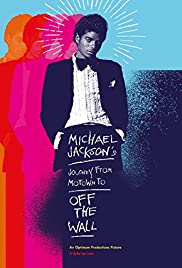
Director Spike Lee chronicles Michael Jackson’s early rise to fame.
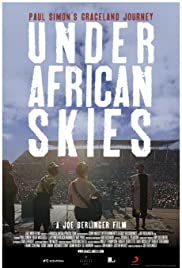
Paul Simon returns to South Africa to explore the incredible journey of his historic Graceland album, including the political backlash he received for allegedly breaking the UN cultural boycott of South Africa designed to end the Apartheid regime. On the 25th anniversary of Paul Simon’s GRACELAND, acclaimed documentary filmmaker Joe Berlinger offers a glimpse at the controversy surrounding the decision to record the album in South Africa despite a UN boycott of the nation, which was aimed at ending apartheid. In the run-up to an eagerly anticipated reunion concert, Simon, Quincy Jones, Peter Gabriel, David Byrne, Harry Belafonte, Paul McCartney and others reflect on the decision to record with local artists in South Africa, and the cultural impact of the album that delivered such hits as “I Know What I Know” and “You Can Call Me Al.”

In 1972, Lou Reed’s second solo album Transformer elevated him from a minor cult figure to one of the best known and most talked about artists in rock & roll, with its incisive portrait of the demimonde and the distinctive hit single “Walk on the Wild Side.” Classic Albums: Lou Reed — Transformer offers a look at the making of this landmark album, with Lou Reed and engineer Ken Scott offering an in-depth perspective on the recording sessions, and Herbie Flowers revealing how he came up with his memorable bass line for “Walk on the Wild Side.”

Tottie True is a gay-90s British music-hall performer who has her sights set on moving from rags to riches, who loses her heart to the pure-and-true blue balloonist, Sid Skinner, but continues her upward search on improving her social status. She finally settles for Lord Landon Digby who has lots of assets and a very-stiff upper lip. She gets a lot of the latter and very little of the former, and decides Sid might have been a better choice.

Records the sights and sounds of the many extraordinary street musicians from the Northeast of Brazil whose music and lyrics tell the stories of their lives with improvised humor, drama and colorful vulgarisms.
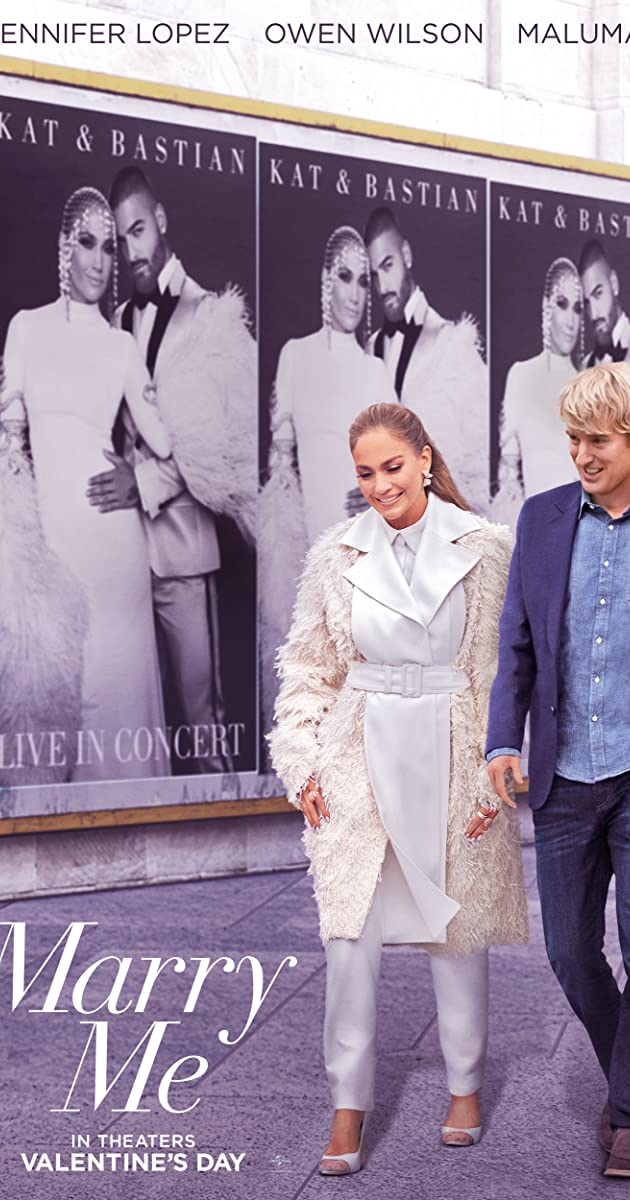
Explores the possibilities of what might happen when a superstar marries an average Joe as a joke and discovers that perhaps there are no accidents.
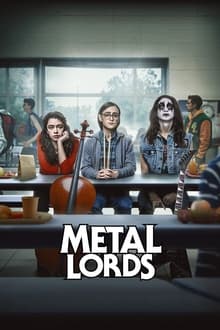
For teenage misfits Hunter and Kevin, the path to glory is clear: Devote themselves to metal. Win Battle of the Bands. And be worshipped like gods.
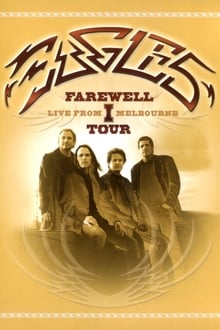
The show features some great light and sound effects apart from the great music that Eagles is renowned for. The ‘five-part’ harmony song, “Hole in the World” elicits a great crowd participation with the audience providing a ‘clap rhythm’ as the band sings. The song “Life’s Been Good” features some antics by Joe Walsh and Frey with them staging a mock rivalry on stage and the latter having a hearty laugh at the former. The song also features a ‘helmet cam’ session where the crowd gets to see what the camera on Walsh’s helmet points at. Also, the songs “The Boys of Summer” and “Hotel California” feature the first officially documented use by the Eagles of a drum machine in a live performance; in particular, during “Hotel California”, a pre-programmed track is used to simulate the muted guitar strums which provide a steady beat on the original studio recording of the song, and which are absent from all of the previous live performances of it.

A unique visual and musical experience based on the Gospel of John. Originally a Passion play, it freely blends elements of stage and cinema, creating a fresh take on this well known story.
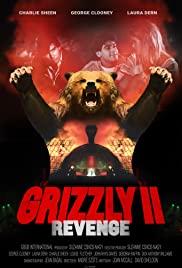
All hell breaks loose when a giant grizzly, reacting to the slaughter of her cubs by poachers, attacks a massive rock concert in the National Park. [This sequel to “Grizzly” (1976) was left unfinished after production wrapped prematurely in 1983, and was not officially released until 2020, though a bootleg workprint version had been in circulation for some years prior to this.]